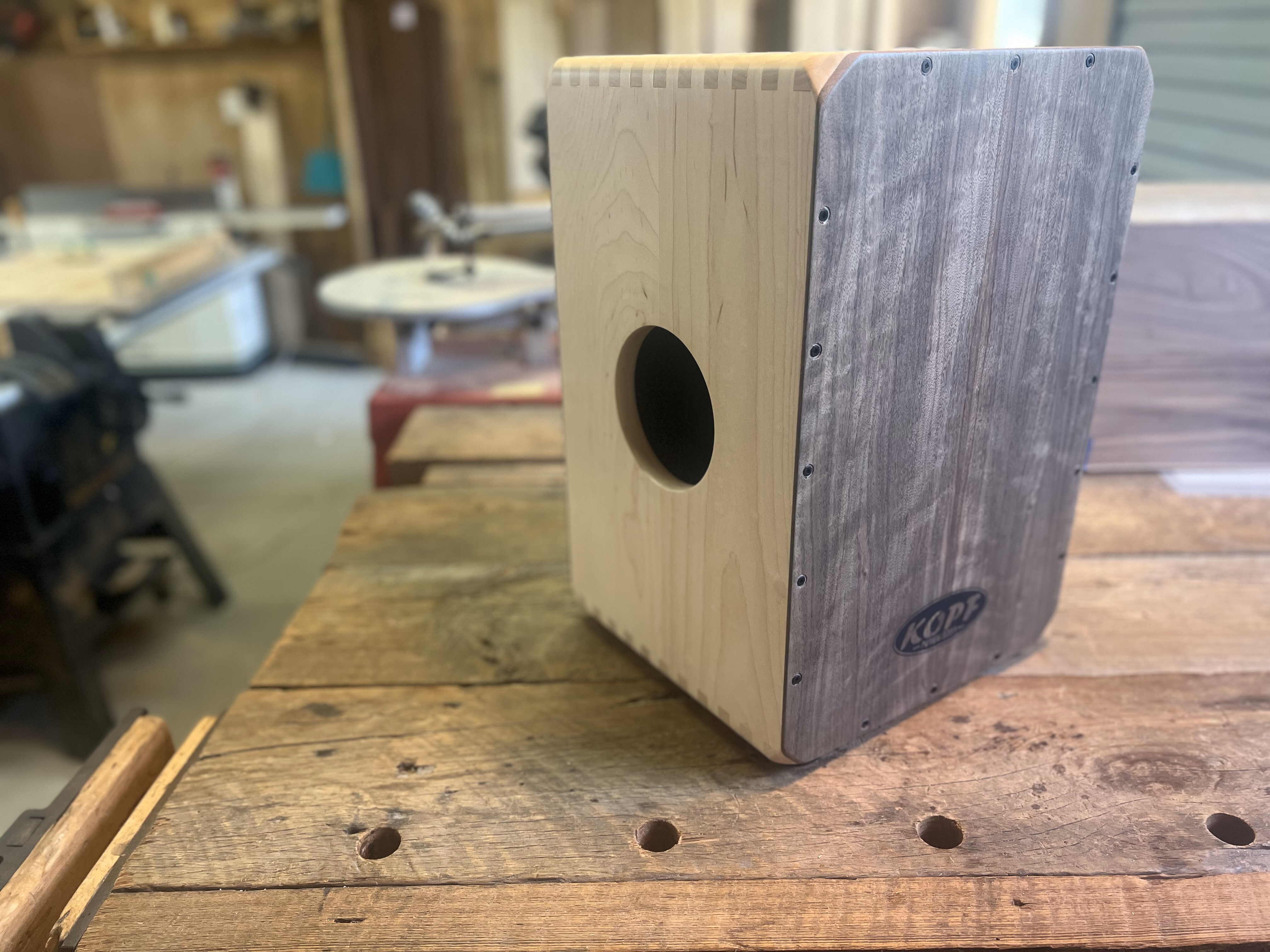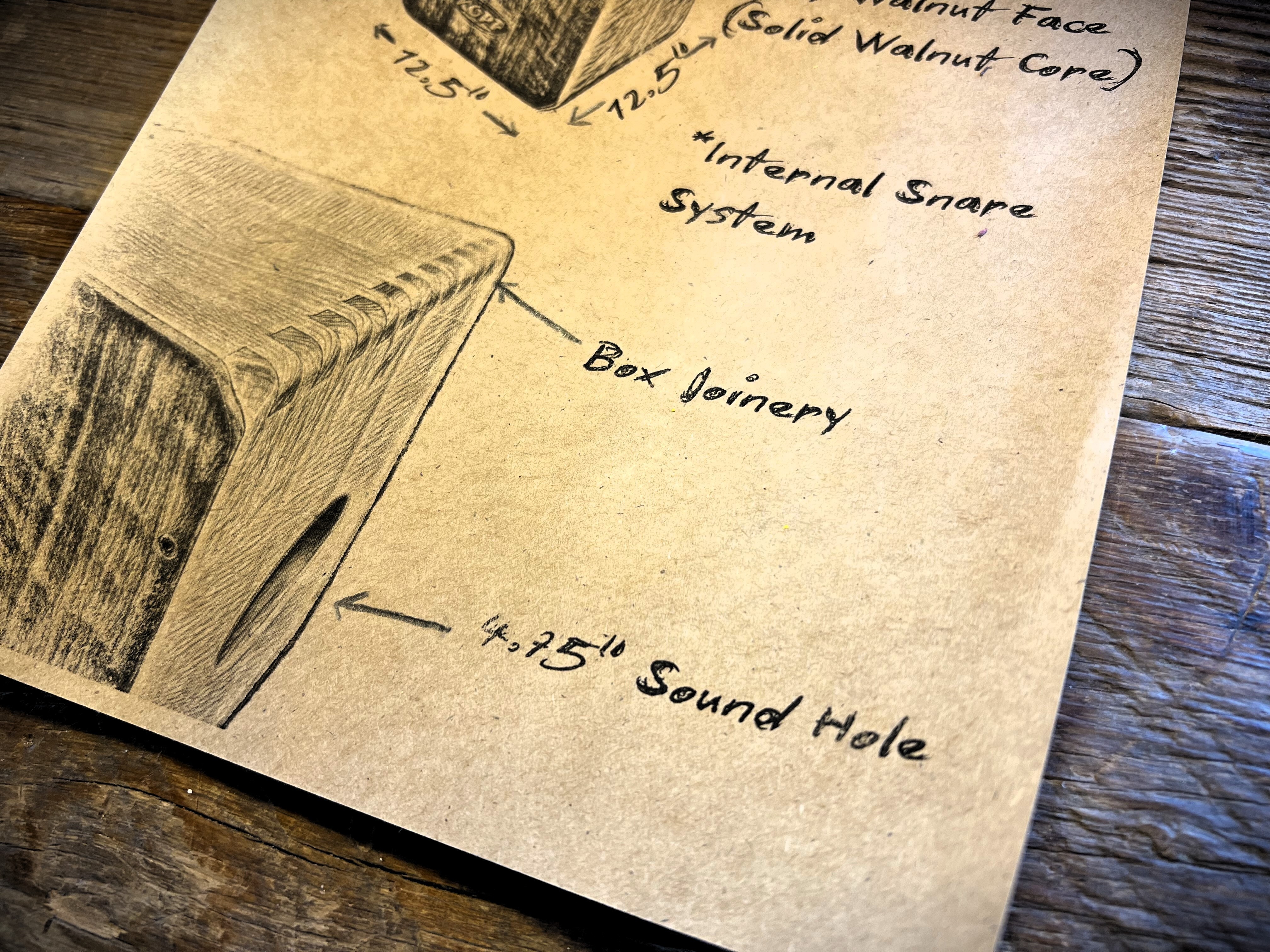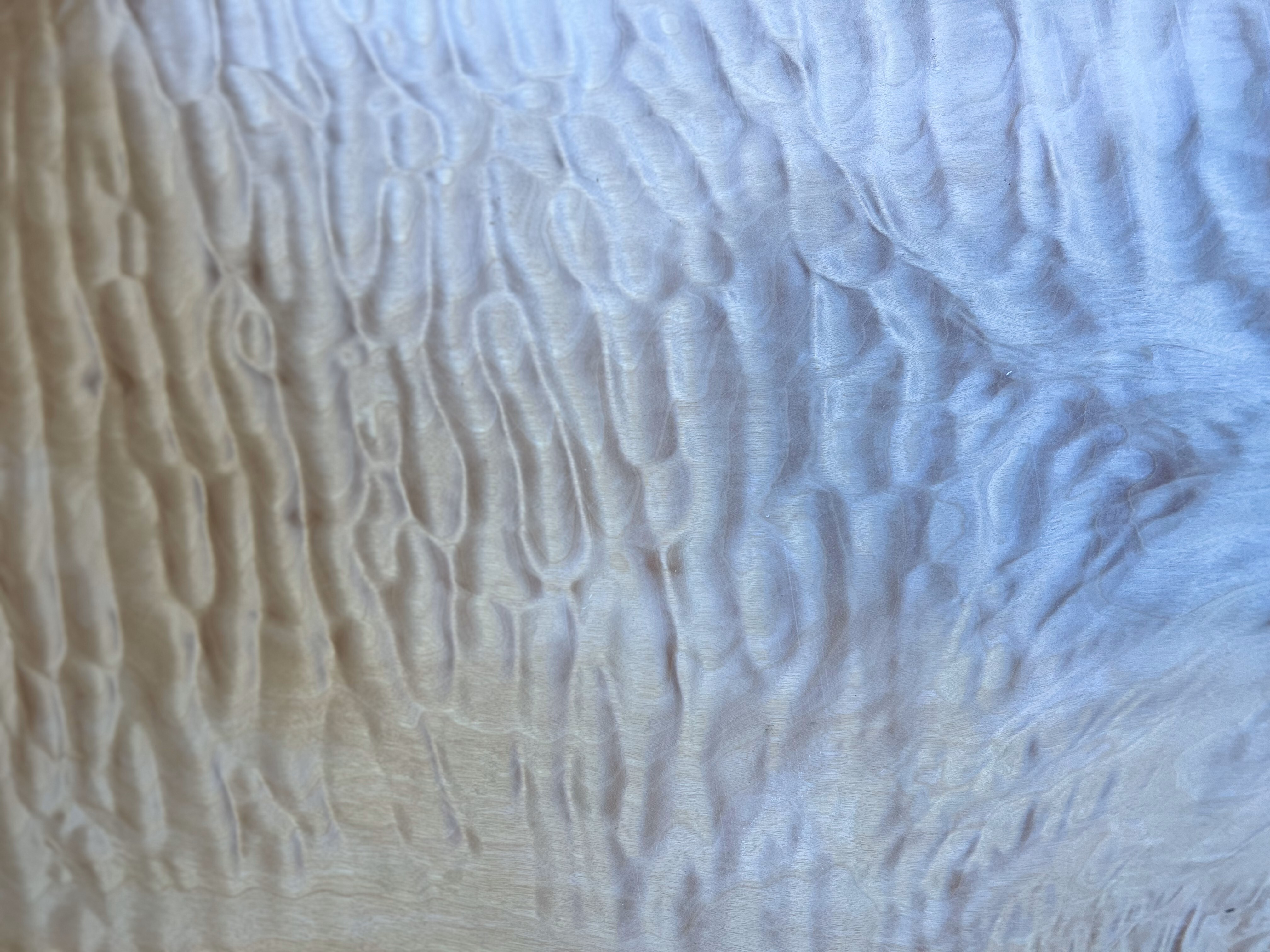Posted by Stephen Head on 6th May 2025
Simplicity Isn’t Basic — It’s Intentional
Simplicity Isn’t Basic — It’s Intentional

There’s a kind of pressure these days to always add more — more features, more flash, more flair. But I’ve found the opposite to be true in my craft. The more I remove what doesn’t matter, the better the instrument becomes.
At Kopf Percussion, I don’t build for trends or for temporary attention. I build to make something lasting — something a player can sit with, trust, and feel connected to.
A cajón isn’t just a box… at least it isn’t in my shop.
It’s a living instrument, shaped not only by the tools and hands that build it, but by the choices behind it — choices about tone, material, form, and feel. I don’t believe in building something to look flashy on a shelf. I believe in building something that sounds honest on a stage.
I didn’t always think this way. Early on, I experimented with all kinds of ideas. Adjustable this, removable that, trying to see what I could add. But the deeper I got into the craft, the more I saw the truth: what I removed mattered just as much as what I added. Simplicity wasn’t about doing less — it was about doing only what truly belongs.

Letting the Wood Do the Talking
Every cajón I build starts with the wood — not just as a structural material, but as a voice. The grain, the weight, the density — these all shape how a drum responds. I don’t stain my drums. I don’t dye them. I use a clear satin finish because I believe the beauty is already there. The wood doesn’t need enhancement. It needs respect.
I want each instrument to be beautiful — but I want the wood itself to take center stage. Not a color I put on it. Not some effect I layered in. Just the natural truth of it.

Choosing Materials That “Want” to Sing
I don’t force things. I believe there’s a symbiotic nature to my craft. I want to work with nature, not against it. I choose materials that already “want” to produce the kind of sound I’m looking for — woods that naturally resonate the way a drum should. When you build that way, you’re not shaping the wood as much as you’re revealing what it’s capable of.
I don’t believe in gimmicks or trends. I believe an instrument should possess everything it needs — and nothing that it doesn’t. If a feature doesn’t serve the sound, the feel, or the player, it doesn’t belong on the drum. I’ve seen a lot of flashy ideas that look good in a photo but don’t do anything for the playing experience. That’s not what I do here.
Simplicity in Design = Clarity in Sound
Simplicity in the build leads to clarity in the sound. When a cajón is made with intention, it doesn’t compete with itself. The tones come through clean and focused. The high-end is crisp without being harsh. The low-end is deep without being muddy. You get separation, balance, and warmth — not because of some added technology, but because the design doesn’t get in the way of the sound.
A lot of modern designs try to “trick” tone out of a drum using tricks and tuning gadgets. But to me, that misses the point. A well-built cajón doesn’t need help to sound good. It just needs to be built right.
Doing Less Takes More
Some people think minimalism means taking shortcuts. But I’ve found the opposite to be true. Doing less takes more: more attention, more intention, and more discipline. When there’s nothing to hide behind — no flashy finish, no complicated feature set — your joinery has to be clean. Your material choices have to be smart. Your craftsmanship has to be consistent.
I’ve had to rebuild parts of a drum because a small detail didn’t align perfectly. Not because anyone else would notice — but because I would. When you aim for simplicity, there’s nowhere to hide a mistake. Everything is exposed, and that’s exactly how I want it.

It’s Not Just How I Build — It’s How I Live
This philosophy of building isn’t just about drums. It reflects how I live. I don’t like excess in my life. I don’t believe in buying things I don’t need. I believe in eating simply, living simply, and building things that last. The best solutions in life — like in craft — are rarely the ones with the most features. They’re the ones that solve the real problem without creating new ones.
Simplicity, to me, means living and working in a way that’s honest. No tricks. No fluff. Just real materials, real effort, and a clear purpose.
I believe the best solution is often the simplest one.
But simple doesn’t mean easy. In fact, it often takes more effort to do less — to refine something down to only what matters, and still get it right.
That’s not a shortcut. That’s design done with purpose.
That’s what I mean when I say: simplicity isn’t basic. It’s intentional.
If you enjoyed this post, check out my blog post Cajon Setup for Acoustic Gigs: The Minimalist Stage Guide

